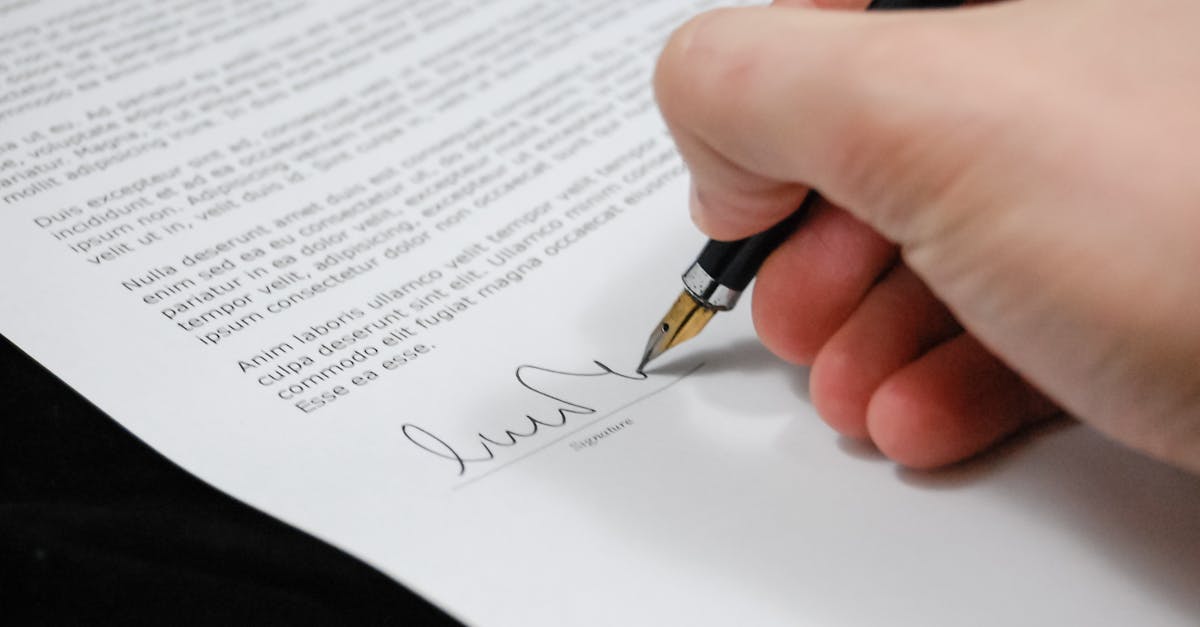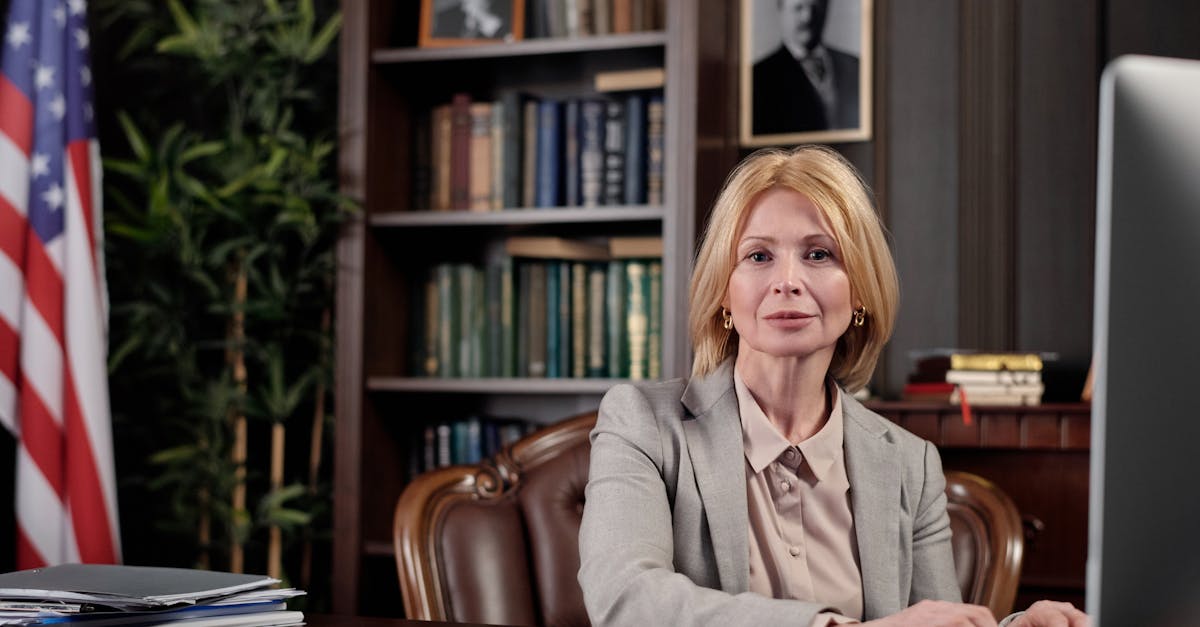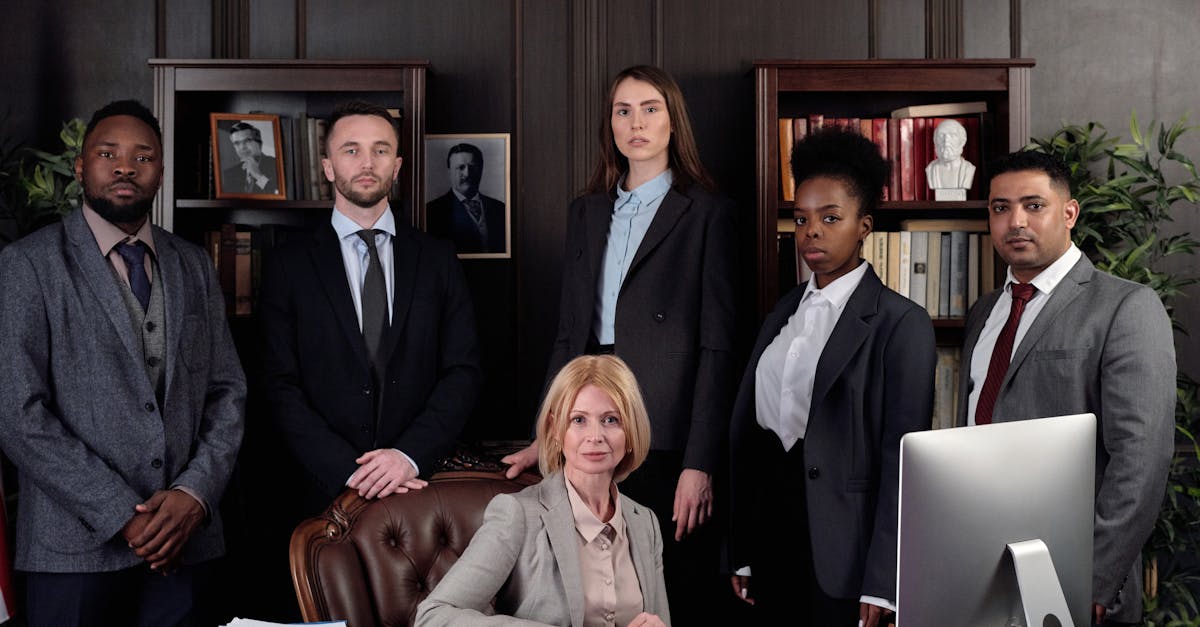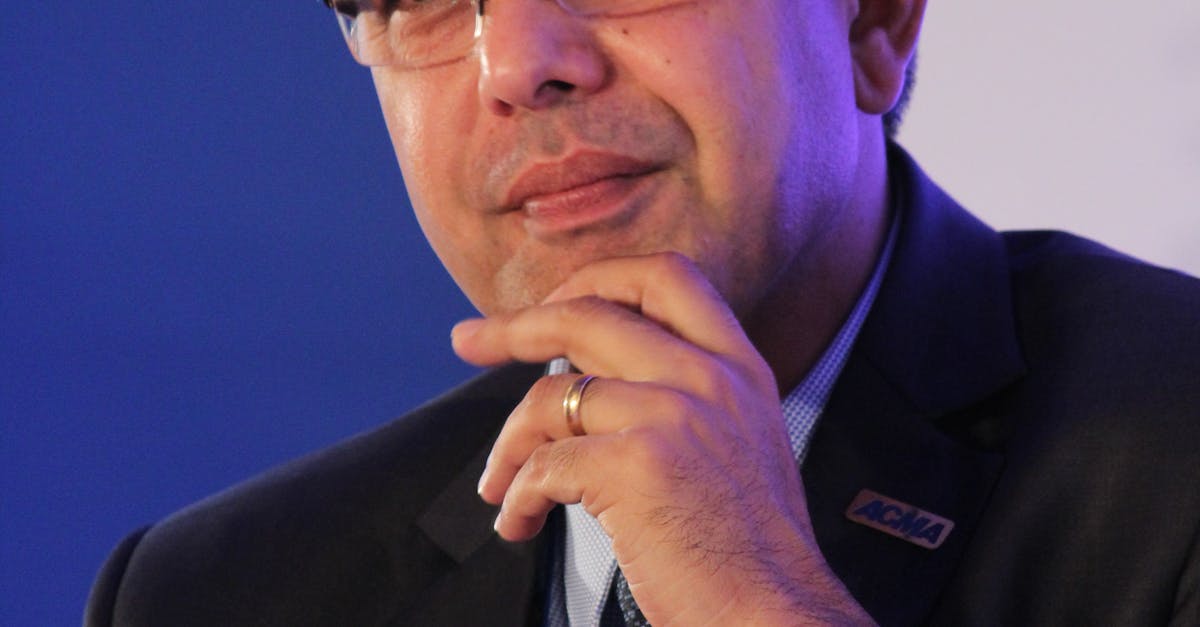
Importance of Thorough Contract Analysis
Thorough contract analysis is a critical component of the process when it comes to drafting and reviewing contracts. Contract law is a complex and intricate area that requires careful attention to detail to ensure that all aspects of the agreement are agreed upon and clearly defined. In the realm of Contract Drafting and Review in New York, New York, a meticulous examination of each clause, term, and provision is necessary to prevent misunderstandings and disputes in the future.
By conducting a comprehensive contract analysis, parties can identify potential ambiguities, inconsistencies, or gaps in the agreement that may pose risks or liabilities. Thorough review allows for proper clarification of obligations, responsibilities, and rights of each party involved. In Contract Drafting and Review in New York, New York, a meticulous approach is essential to ensure that the contract accurately reflects the intentions of the parties and effectively protects their interests.
Mitigating Risks and Liabilities
Mitigating risks and liabilities is a crucial aspect of contract drafting and review in New York. By thoroughly analyzing and addressing potential risks within a contract, parties can proactively protect their interests and avoid costly disputes in the future. This process involves careful consideration of key terms, conditions, and obligations outlined in the agreement to ensure clarity and enforceability.
Effective risk mitigation in contract drafting requires a comprehensive understanding of relevant laws and regulations, as well as a keen eye for potential pitfalls. By conducting a thorough review and analysis of the contract terms, parties can identify and address areas of concern, ultimately safeguarding their rights and minimizing exposure to legal liabilities. Contract drafting and review in New York are not merely administrative tasks but rather strategic endeavors aimed at creating binding agreements that reflect the parties' intentions while prioritizing legal compliance and risk management.
Using Technology in Contract Drafting
Contract drafting and review in New York has evolved significantly with the integration of technology. Gone are the days of manually sifting through piles of paper contracts; now, advanced software programs are available to simplify and enhance the drafting process. Through the use of technology, legal professionals can create contracts more efficiently, with greater accuracy, and in a more collaborative manner.
One of the main advantages of utilizing technology in contract drafting is the ability to automate repetitive tasks. By leveraging software that offers template libraries and clause libraries, legal professionals can quickly generate customized contracts while ensuring compliance with legal standards and company policies. Additionally, these tools enable real-time collaboration and version control, facilitating seamless communication between team members involved in the drafting process. Contract drafting and review in New York now rely heavily on the use of technology to streamline workflows and reduce the likelihood of errors.
Streamlining the Review Process
Streamlining the review process is crucial in ensuring efficiency and accuracy in contract drafting and review. By utilizing technology and specialized software, legal professionals can automate certain tasks, such as clause identification and comparison, which significantly reduces the time spent on manual review processes. Contract drafting and review in New York can benefit greatly from these technological advancements, as it not only accelerates the review process but also enhances the overall quality of the contracts produced.
Moreover, implementing standardized templates and checklists can further streamline the review process by providing a consistent framework for evaluating contracts. This approach ensures that all necessary elements are present in the contract and facilitates a more comprehensive review. In Contract Drafting and Review in New York, leveraging these best practices can lead to more efficient workflows and increased productivity for legal teams, ultimately resulting in better outcomes for all parties involved.
Best Practices for Effective Contract Negotiation
When it comes to effective contract negotiation at Contract Drafting and Review in New York, New York, it is crucial to prioritize communication. All parties involved should openly discuss their needs, expectations, and concerns to ensure that the final agreement is comprehensive and satisfactory for everyone. Encouraging transparent discussions can help in identifying potential areas of disagreement early on, which can ultimately lead to smoother negotiations and a more successful outcome.
Another best practice for effective contract negotiation is to maintain a professional and respectful demeanor throughout the process. Even if there are disagreements or contentious points, it is essential to approach negotiations with a constructive and cooperative attitude. By fostering a positive working relationship with the other parties involved, it becomes easier to find common ground and reach mutually beneficial agreements that meet the needs of all parties.
Achieving Mutually Beneficial Agreements
In the realm of contract drafting and review in New York, New York, achieving mutually beneficial agreements is the ultimate goal. Parties involved in negotiation strive to reach a consensus that not only satisfies their individual interests but also establishes a solid foundation for a successful business relationship. To accomplish this, effective communication, active listening, and a willingness to compromise are vital components in the negotiation process.
One approach to achieving mutually beneficial agreements is to focus on common goals and objectives rather than solely on individual demands. By identifying shared interests and working collaboratively towards a solution, parties can create a contract that addresses their needs while fostering a sense of partnership and mutual respect. Clear and concise language in the agreement can help prevent misunderstandings and disputes, ensuring that all parties are on the same page regarding their rights, obligations, and expectations. Ultimately, by prioritizing open communication and a spirit of cooperation, parties can navigate the complexities of contract negotiation and reach agreements that are fair, balanced, and conducive to positive business outcomes.
FAQS
What is contract drafting?
Contract drafting is the process of writing a legal document that outlines the terms and conditions of an agreement between two or more parties.
Why is thorough contract analysis important?
Thorough contract analysis is crucial to ensure that all terms are clear, unambiguous, and legally enforceable, helping to prevent disputes and misunderstandings in the future.
How can contract drafting help in mitigating risks and liabilities?
By clearly outlining the rights and obligations of each party, contract drafting helps to identify and address potential risks and liabilities, reducing the chances of legal disputes.
What role does technology play in contract drafting?
Technology can streamline the contract drafting process by providing templates, automatic document generation, and tools for collaboration, improving efficiency and accuracy.
What are the best practices for effective contract negotiation?
Effective contract negotiation involves open communication, understanding the needs of both parties, focusing on mutually beneficial outcomes, and seeking compromises to reach a fair agreement.




